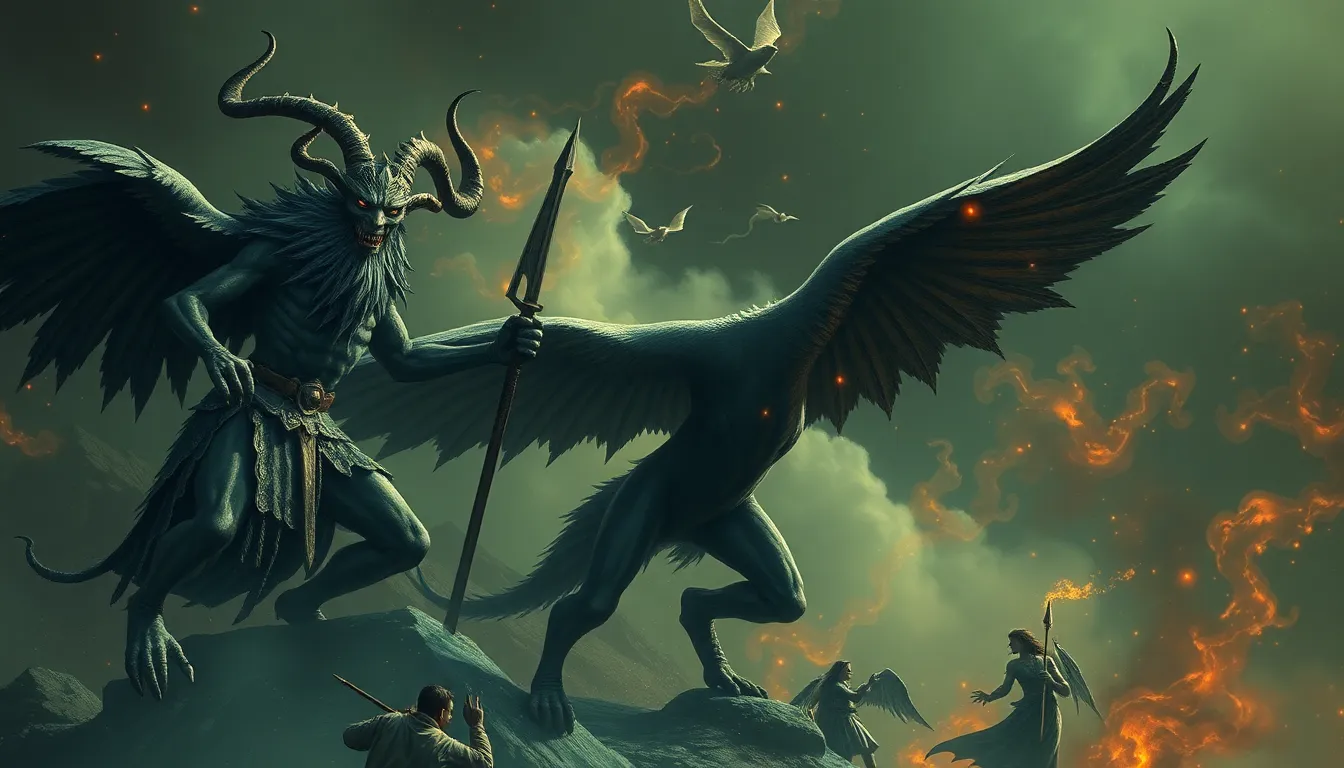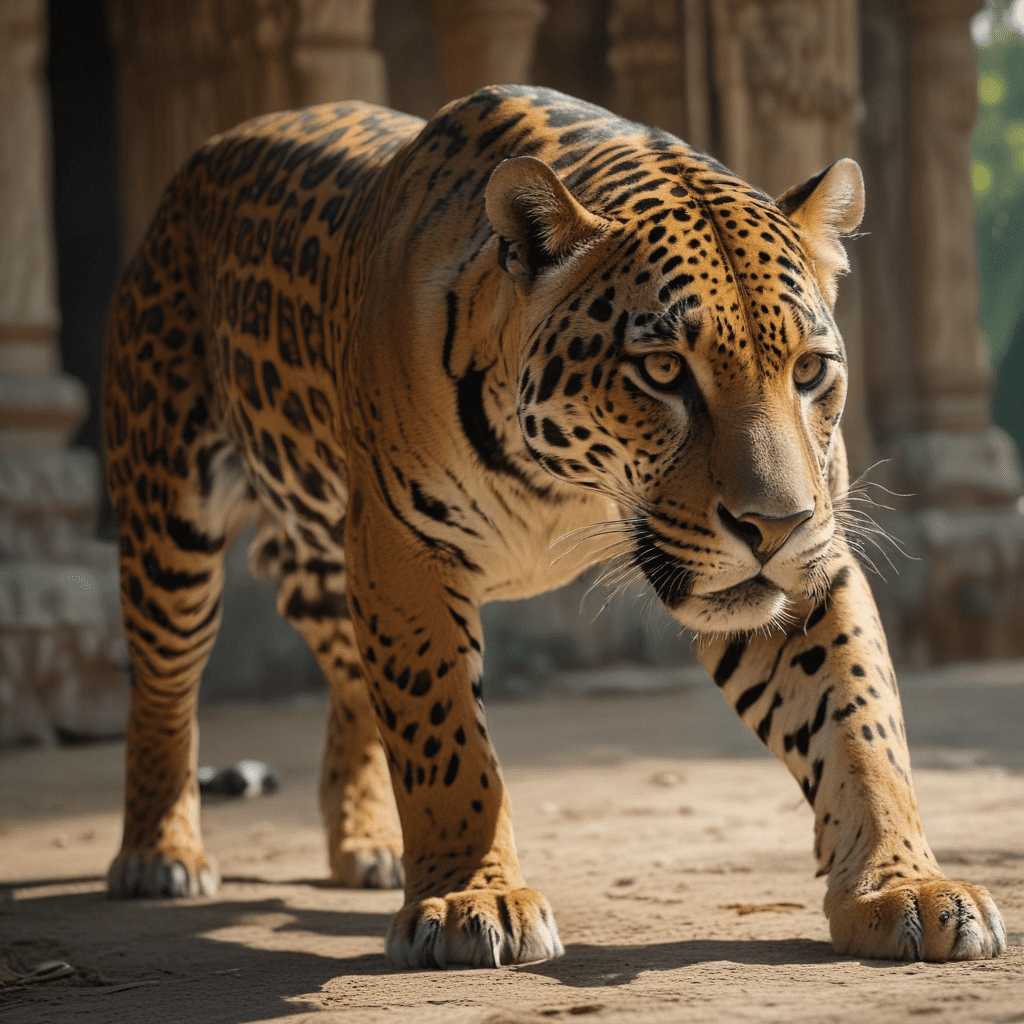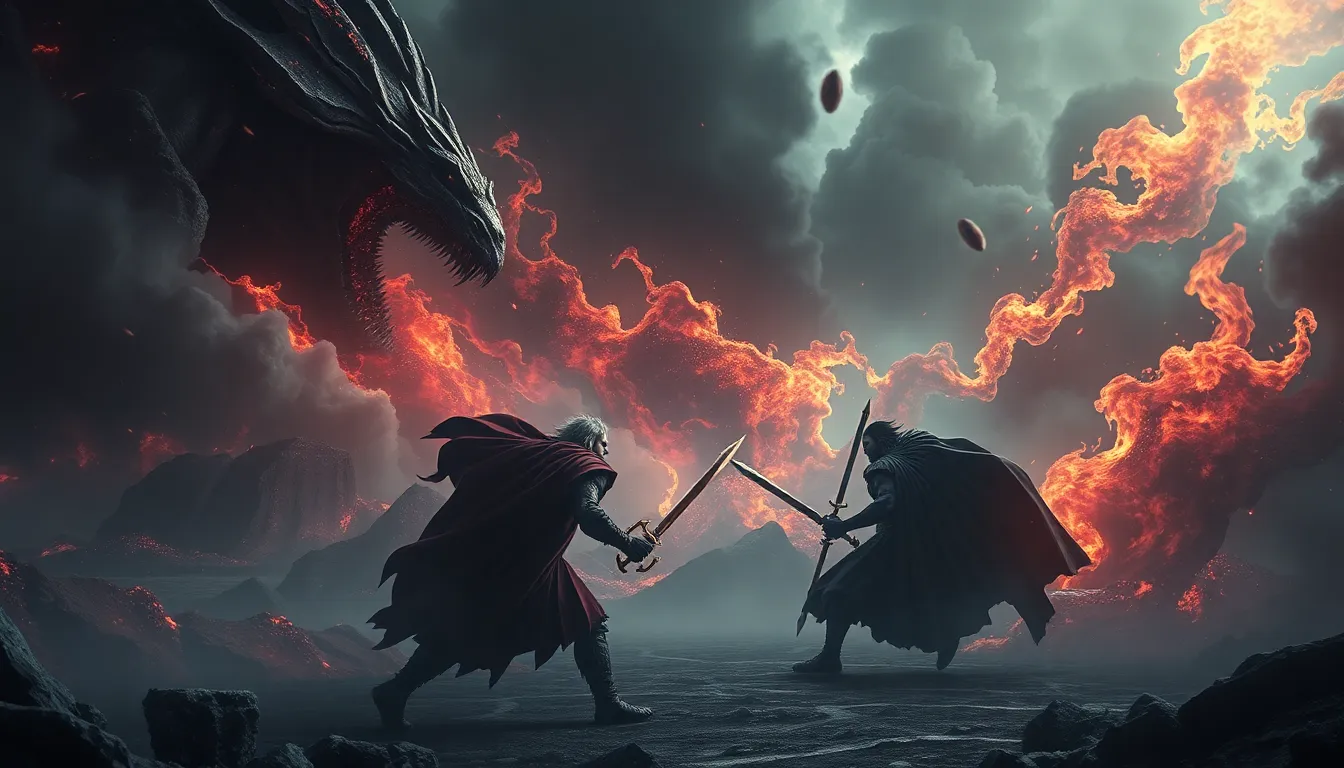Tricksters in Mythology: The Ultimate Rebels
I. Introduction
Tricksters have long been a fascinating element of mythology, characterized by their cunning, wit, and often rebellious nature. These figures are not merely pranksters; they embody a complex range of traits that challenge societal norms and provoke thought.
The importance of trickster figures spans various cultures, serving as a reflection of human nature and societal values. They often act as catalysts for change, questioning authority and reshaping narratives. This article aims to explore the historical context, common traits, prominent figures, psychological significance, modern interpretations, and the enduring legacy of tricksters in our society.
II. Historical Context of Trickster Archetypes
A. Origins of Trickster Figures in Ancient Mythology
Trickster figures can be traced back to ancient mythologies around the globe. They emerged in oral traditions where storytelling was a key cultural practice. These figures often represented the chaotic and unpredictable aspects of life.
B. Evolution of Trickster Characters Across Different Cultures
As cultures evolved, so did their trickster figures, adapting to reflect the values and challenges of their times. For instance, the trickster in African folklore often embodies resilience, while in Norse mythology, tricksters are seen as agents of chaos.
C. The Role of Oral Traditions in Shaping Trickster Narratives
Oral traditions played a crucial role in shaping the narratives surrounding tricksters. These stories were passed down through generations, often changing in response to the audience’s needs and societal changes. The fluid nature of oral storytelling allowed for the trickster’s characteristics to evolve, making them relevant in various contexts.
III. Common Traits of Trickster Figures
A. Ambiguity and Duality in Nature
Tricksters often embody duality, representing both good and evil. Their actions can be seen as mischievous, yet they often reveal deeper truths about society.
B. Cunning Intelligence and Wit
A hallmark of trickster figures is their exceptional intelligence and quick wit. They often outsmart stronger opponents, using their brains rather than brawn.
C. Rebellion Against Authority and Social Norms
Tricksters are notorious for their defiance of authority. They challenge societal norms, exposing hypocrisy and instigating change. This rebellion is often portrayed humorously, making their critique more palatable.
IV. Prominent Trickster Figures in World Mythology
A. Anansi the Spider (African Folklore)
Anansi, a spider god from West African folklore, is known for his cleverness and storytelling abilities. He uses his wits to outsmart other creatures, teaching valuable life lessons along the way.
B. Loki (Norse Mythology)
Loki, the Norse god, is infamous for his trickery. He embodies chaos and is a key figure in many myths, often challenging the gods and leading to unforeseen consequences.
C. Coyote (Native American Mythology)
The Coyote is a central figure in many Native American traditions, representing adaptability and survival. He is both a creator and a destroyer, embodying the paradox of life.
D. Hermes (Greek Mythology)
Hermes, the messenger of the gods in Greek mythology, is known for his cunning and speed. He often plays tricks on both mortals and gods, highlighting the blend of mischief and wisdom.
E. Reynard the Fox (European Folklore)
Reynard the Fox is a character in European folklore known for his cunning and trickery. He often represents the clever underdog, outsmarting those in power.
V. The Trickster as a Cultural Critique
A. Subversion of Social Norms and Traditional Values
Tricksters frequently subvert social norms, using humor and wit to challenge established beliefs and values. They serve as a voice for the marginalized, questioning the status quo.
B. Tricksters as Agents of Change within Society
Through their actions, tricksters often promote change, pushing society to rethink its values. Their stories can inspire rebellion against oppression and encourage critical thinking.
C. The Moral Ambiguity of Trickster Actions
The actions of tricksters are often morally ambiguous, raising questions about ethics and justice. This complexity makes them relatable and relevant across generations.
VI. Tricksters and Their Relationship with the Divine
A. Trickster Figures as Intermediaries Between Humans and Gods
Many tricksters serve as intermediaries, communicating between humans and the divine. They often possess unique insights that allow them to navigate the complexities of both realms.
B. The Challenge to Divine Authority
Tricksters frequently challenge the authority of gods, questioning their decisions and actions. This rebellion often leads to significant consequences, both humorous and tragic.
C. Tricksters in Creation Myths
In many creation myths, tricksters play a pivotal role in shaping the world. Their actions can lead to the establishment of order from chaos, reflecting the duality of their nature.
VII. The Psychological Significance of Tricksters
A. Tricksters in Jungian Psychology: The Shadow and Anima/Animus
In Jungian psychology, tricksters represent the shadow aspect of the psyche, embodying the repressed traits we often deny. They challenge us to confront our inner conflicts.
B. The Role of Trickster Archetypes in Personal Development
Trickster archetypes can play a significant role in personal growth, encouraging adaptability, creativity, and resilience in the face of adversity.
C. Tricksters as Symbols of Adaptability and Resilience
By embodying flexibility and resourcefulness, tricksters teach us the importance of being adaptable in a constantly changing world.
VIII. Modern Interpretations of Tricksters
A. Trickster Motifs in Contemporary Literature and Film
Modern literature and film often feature trickster motifs, with characters that challenge societal norms and provoke thought. These figures continue to resonate with contemporary audiences.
B. The Trickster in Popular Culture: From Comics to Video Games
In popular culture, tricksters appear in various forms, from comic book characters to video game protagonists. Their cleverness and rebellious nature make them appealing to a wide audience.
C. Reimagining Trickster Figures for Modern Audiences
Modern reinterpretations of tricksters often reflect current societal issues, allowing these figures to remain relevant and impactful.
IX. The Legacy of Tricksters in Today’s Society
A. Trickster Traits in Modern Rebels and Activists
Today, many activists embody trickster traits, using humor and wit to challenge authority and promote social change. They serve as modern-day tricksters, reshaping narratives and inspiring action.
B. The Role of Humor and Satire in Social Commentary
Humor and satire are powerful tools for social commentary, allowing tricksters to address serious issues while engaging audiences in a light-hearted manner.
C. Tricksters as Symbols of Resistance in Contemporary Movements
Tricksters symbolize resistance against oppression, embodying the spirit of rebellion that is vital for social progress.
X. Conclusion
In summary, tricksters are complex figures that challenge societal norms, provoke thought, and inspire change. Their traits of cunning, rebellion, and adaptability resonate across cultures and time periods. The enduring appeal of tricksters lies in their ability to reflect our struggles and triumphs, reminding us of the power of wit and creativity in navigating life’s challenges.



